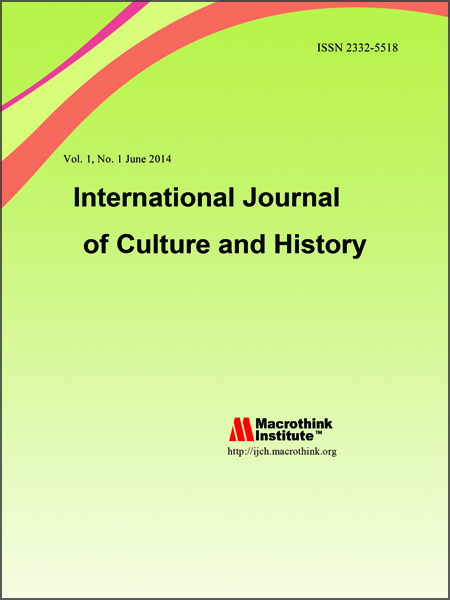Sappulo Tallu Tradition in Putta'da Sendana District, Majene Regency, West Sulawesi
DOI:
https://doi.org/10.5296/ijch.v11i2.22043Abstract
This research aims to find out how humans and the environment interact in Putta'da, Majene Regency, as local wisdom values carried out by the Mandar community which are related to the environment, especially the built environment. The research location is in Puttada Village, Sendana District, Majene Regency. The research variables consist of: a) How the community interacts with the surrounding environment, b) How the local wisdom of the Mandar community relates to preserving the traditional residential environment. The data in this research is the result of direct observation and documentation in the field. The data was analyzed descriptively qualitatively and then used as a basis for drawing conclusions. The research results show that: 1) The interaction of the Mandar community with the environment is very close. In fact, this interaction relationship is regulated institutionally and neatly structured in the structure of a traditional institution called Ada' Sappulo Tallu, or there are 11 positions of traditional stakeholders who regulate the entire life system of the community in interaction, both interaction with the living environment and interaction with the social environment, 2) The local wisdom of the community, both related to the environment and related to traditional living and residential procedures, is entirely embedded in the duties and responsibilities of each traditional holder, which in this case is generally coordinated by Sando, especially Sando Banua or Sando Boyang, and Sando Katuho-tuhoan.

